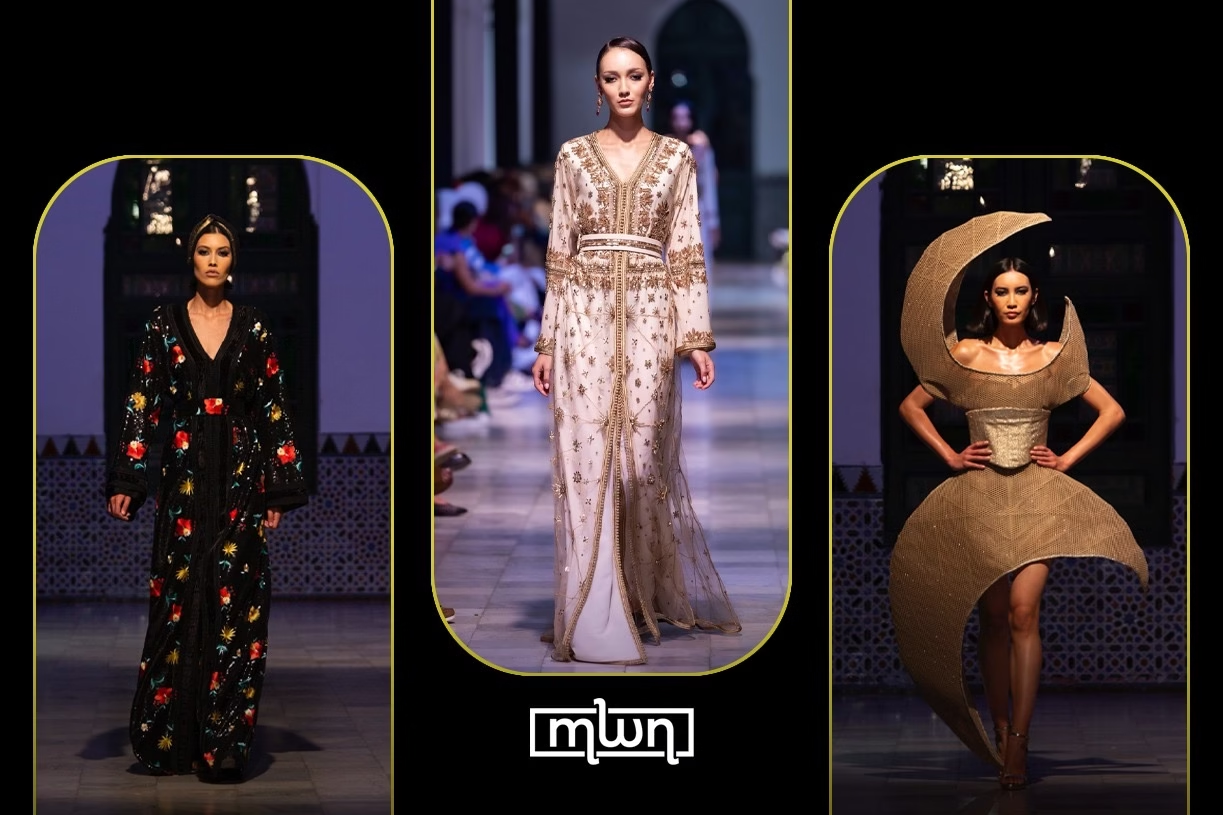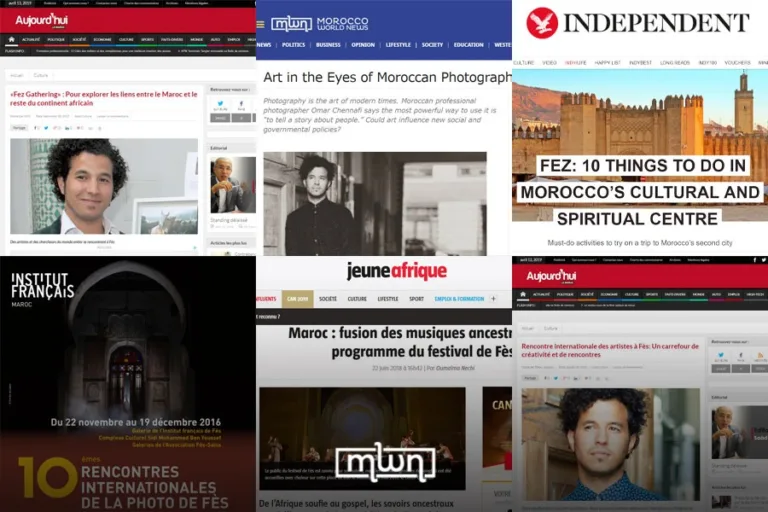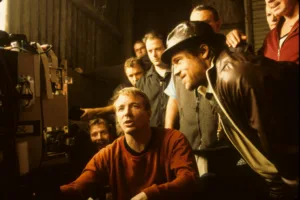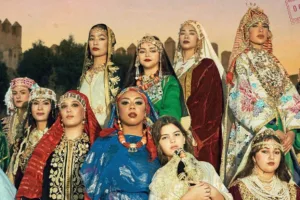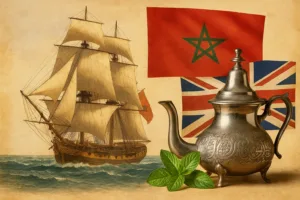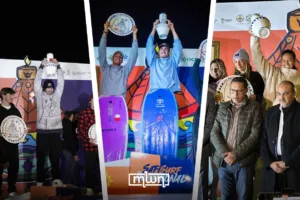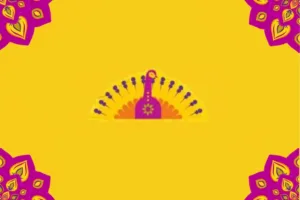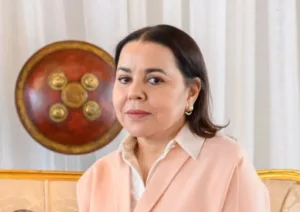Marrakech – Tanger Fashion Week isn’t your average fashion week. It doesn’t just flirt with trends or play dress-up for the front row. It’s something else — something bolder.
Held from June 12 to 14, this second edition was a love letter to the Global South, stitched with couture, culture, and just enough chaos to keep things interesting.
The week opened in pure Tangier style: elegance with purpose. A gala dinner hosted by Her Royal Highness Princess Lalla Asmaa for the Lalla Asmaa Foundation reminded everyone that fashion can do more than look good — it can do good.
Chopard’s high jewelry shimmered under the lights, but the real gems were the children the Foundation supports.
Over 200 young lives being given the tools to hear, to learn, to belong. In a world of noise, what a beautiful thing it is to be heard.
And the guest list? Think international actor Luke Evans in tailored perfection, supermodel Vial Lemann floating through the room, and the ever-iconic Carlo D’Amario of Maison Vivienne Westwood observing it all with a knowing smile. Add Michelin-starred chef Raffaello Rego and the haunting voice of opera singer Farah El-Dibani, and you had a night that was equal parts sparkle and substance.
Then came Day Two, and suddenly Tangier didn’t feel like a city — it felt like a runway for global rebellion.
Maison Vivienne Westwood made its Moroccan debut, showcasing 30 unapologetic looks that screamed elegance with an edge. If fashion had a manifesto, this was it.
A declaration that beauty is political, that fabric can speak, and that style can unify.
But what made this day unforgettable was the lineup of emerging designers.
Young voices from Morocco, Nazareth, Tunisia, Kazakhstan, and beyond took the stage with collections that honored heritage while challenging expectations.
There was something deeply emotional about watching a new generation of creators rewrite the rules — layering urban grit with ancestral grace, blending Berber threads with futuristic silhouettes. It wasn’t just fashion. It was freedom.
By the time Day Three arrived, Tangier had fully transformed into a fashion capital. Designers like Renata, Hind Berrada, and Zineb Hazim closed the week with collections that felt like visual poems. Silk, leather, embroidery, geometry — every piece a meditation on identity and innovation. One could feel the heartbeat of the city in the stitching.
But Tanger Fashion Week wasn’t only about runways. It was about creating a support system.
Designers weren’t just given a platform — they were given mentorship, training, visibility, and access to international markets.
It was fashion, yes, but also infrastructure. A rare blend of dreams and strategy.
As the lights dimmed and the last model turned the corner, it was clear: Tangier is no longer on the edge of the fashion world. It’s in the center of something new. A movement. A shift. A story told in style.

